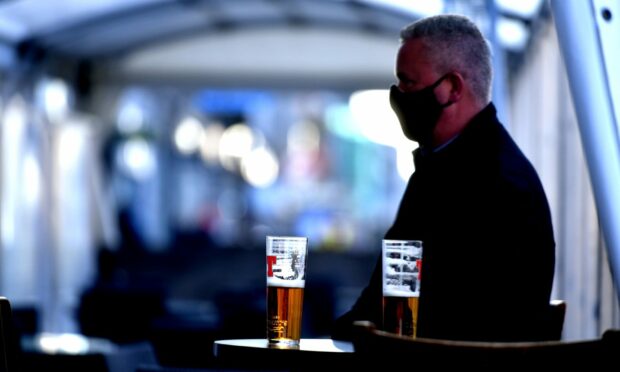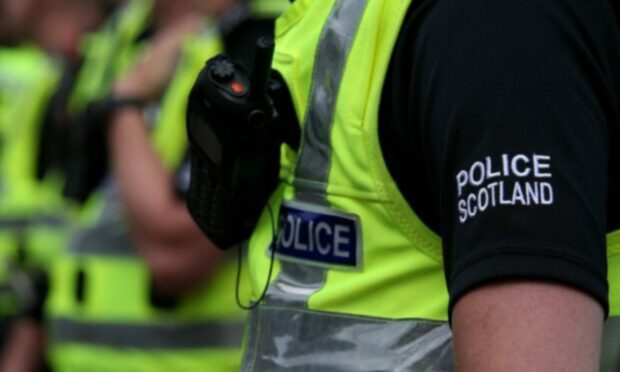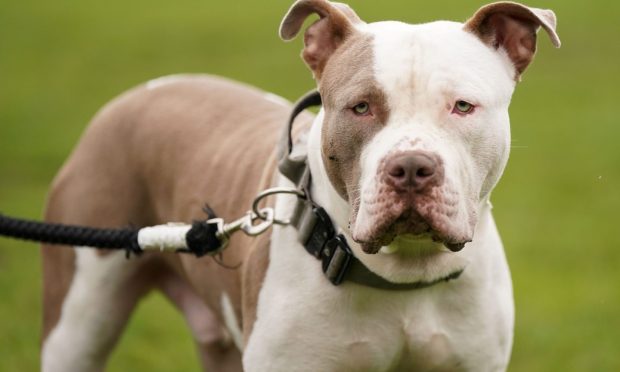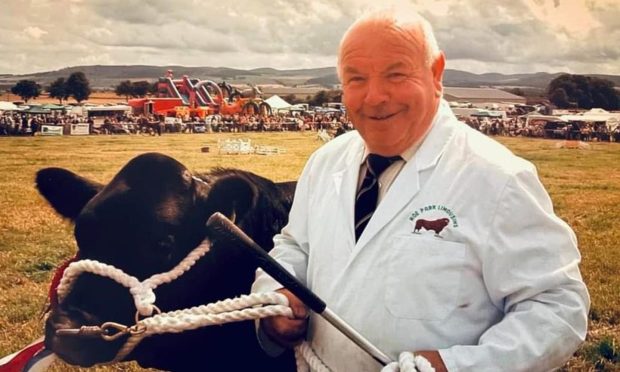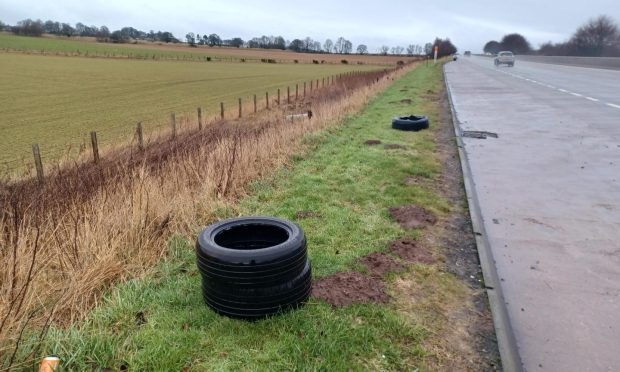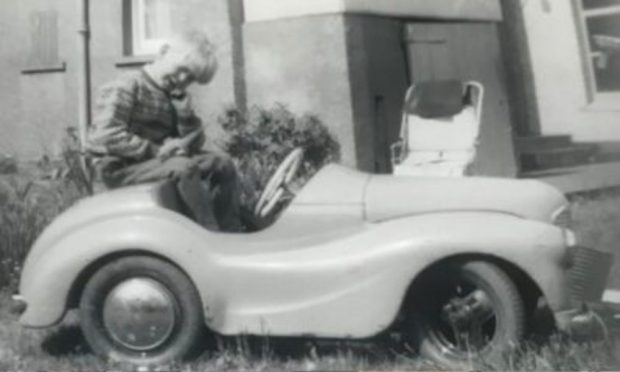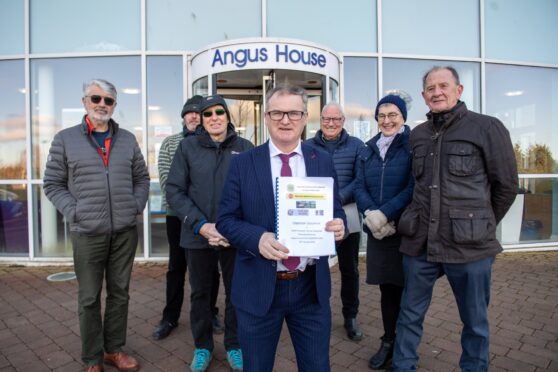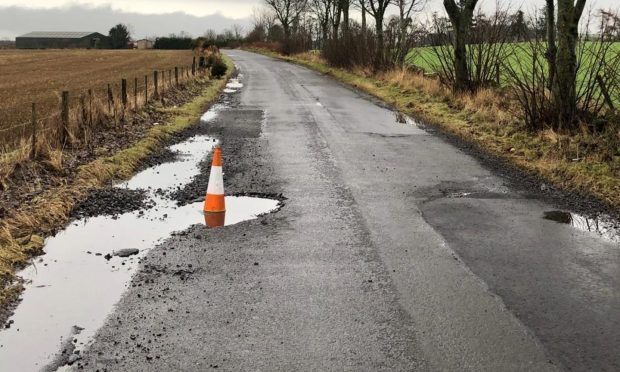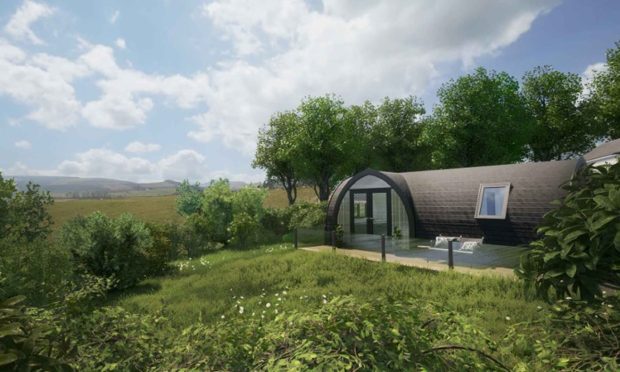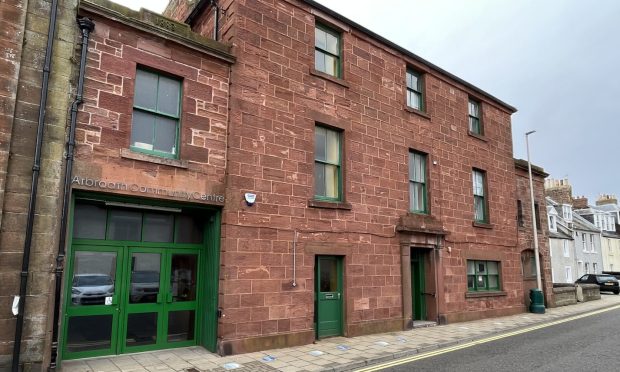The new tier system for coronavirus restrictions in Scotland will save bars and restaurants in rural areas, it is hoped.
It has been claimed the current rules have seen towns and villages, where infection rates are low, “punished” with harsh rules similar to those in cities, particularly in the central belt.
The new system will see five “alert levels” applied in different areas of Scotland, depending on the spread of the virus, and Angus Council leader David Fairweather hopes this will save businesses in the country from the “catastrophic” current rules, due to end on November 2.
Decisions on which tiers local authorities will face will be made next week but the independent councillor is optimistic the low infection rates in Angus will allow restrictions to be eased there.
He said: “I hope this will give some optimism to our hospitality businesses who have been pretty brutally treated by the restrictions have been foisted on them.
“Our figures for coronavirus cases have been relatively low, especially compared to cities and the central belt, but we have faced severe restrictions.
“The current rules have been catastrophic for our local businesses.
“I’m hopeful we can get back to some form of normality so we will have some restrictions but it will allow our hospitality businesses to open back up.”
It comes after he wrote to First Minister Nicola Sturgeon earlier this week, calling for local rules to reflect local infection rates.
There have been 54 cases per 100,000 people in Angus in the last week, compared to 300 in Glasgow.
Mr Fairweather’s said in the letter numerous hospitality businesses in Angus have permanently closed due to loss of income, with others “very close to doing so”.
He continued: “It is my hope that the five-tier system will take account of the local picture across Scotland, noting the differences when it comes to the number of cases or prevalence of the virus.
“We have noted in particular how the “central belt” method of dealing with Scotland’s highest number of cases has taken in much smaller communities outside the conurbations of Glasgow, much to the puzzlement of their local businesses.
“We don’t believe that is the best approach for Angus.
“Our hospitality industry is afraid we will be lumped into a much larger area and that will close even more businesses for good.
“We ask that a balanced and fair approach to employing the five-tier system would reflect how well our businesses have complied with the rules, the relatively low number of cases and hospitalisations now occurring in Angus.”
Mr Fairweather also welcomed the announcement that the tier system will be broken down at local authority level, rather than regionally, to avoid Angus cases being “skewed” by Dundee, where there have been 181 cases per 100,000.
“One of my worries was that we may be grouped with Dundee when we are a much more rural area with fewer cases.
“There is a little bit more optimism today than there was before.”
Dundee City Council leader John Alexander raised concerns that outbreaks confined to one place, such as student halls as seen in the city last month, could inaccurately reflect a whole area.
“Making sure that any tier system is understandable and easy to implement is essential and this does that.
“Nothing about this is straightforward of course, and there will be big variations even within council boundaries.
“Higher case numbers in themselves will not necessarily result in a higher tier and there’s a number of considerations that have to be taken into account.
“As we saw recently, an outbreak within one or two student halls could result in a high number of cases but, that doesn’t necessarily reflect a city-wide position.
“I hope that Dundonians continue to follow the guidance as the more we all do, the better the situation will be in terms of what tier we are in. The lower the tier, the better for atll of us.”
